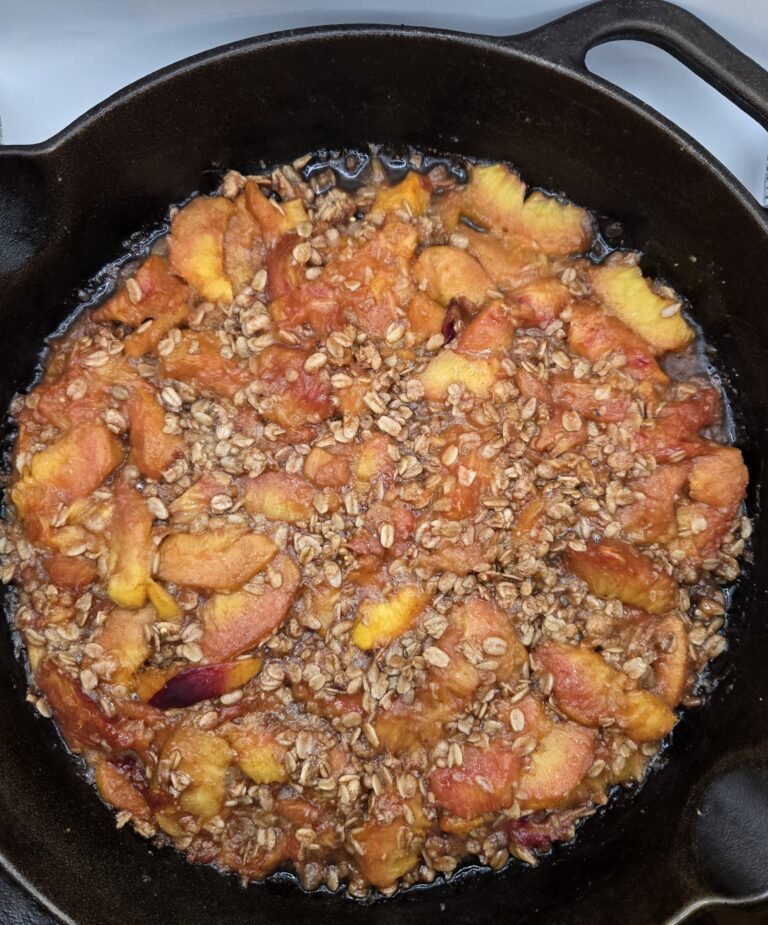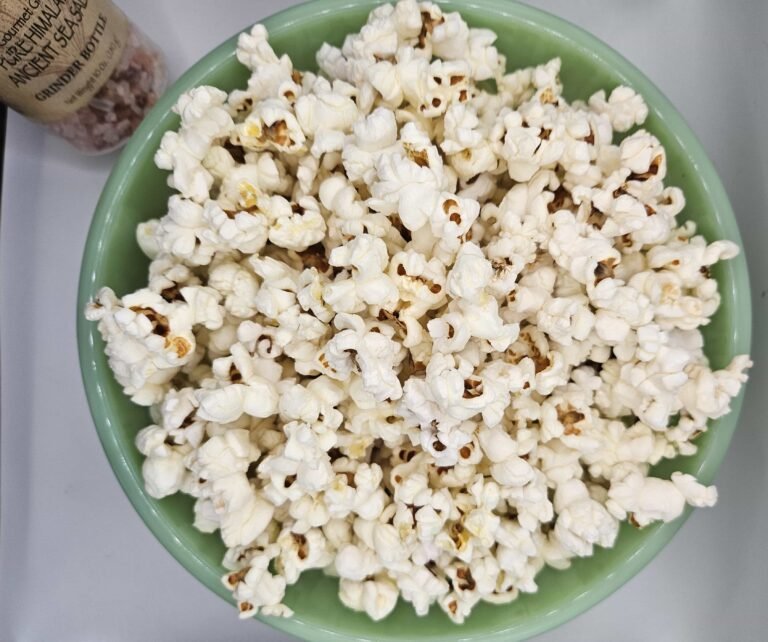
Irradiation destroys disease-causing bacteria and reduces the incidence of food borne illness like E. coli O157:H7. The Food and Drug Administration (FDA) approved irradiation for eliminating insects from wheat, potatoes, flour, spices, tea, fruits, and vegetables. Irradiation is also used to control sprouting and ripening. Approval was given in 1985 to use irradiation on pork to control trichinosis. Poultry irradiation began commercially in 1993 to eliminate Salmonella.[1]
One issue with irradiation is that it cannot only eliminate harmful bacteria, it can destroy other things like vitamins, color, flavor, texture, smell, and healthy bacteria. It can also create new compounds that have never been tested, toxic byproducts, and some “unique radiolytic products,” says Dr. John W. Gofman of the University of California at Berkeley. “We know that irradiation causes a host of unnatural and sometimes unidentifiable chemicals to be formed within the irradiated foods,” he says. “Our ignorance about these compounds makes it simply a fraud to tell the public “we know” irradiated foods are safe to eat.”[2]
Irradiated food is required to have the Radura symbol on it (a cute flower). Labeling disclosing that products have been irradiated are not required for foods served by restaurants and school lunch programs.[3]
Between the 1950s and 1980s hundreds – even thousands – of studies were done on irradiated foods, so the FDA was able to choose a few studies it wanted to use to support the decision to allow irradiation of our food. There were U.S. Congressional Hearings into the FDA approval of food irradiation, and some of the expert testimony presented included:
- Studies in rats given irradiated foods that showed unexplained deaths, abnormalities, and litters with stillbirths were ignored.
- The peroxidation of lipids by irradiation produces known carcinogens and indigestible enzymes that lead to cardiovascular disease.
- The FDA attributed anomalies in test animals to feeding them food they did not customarily eat, and not to irradiating the foods (anomalies like hemorrhages, ruptured hearts, and vitamin deficiencies).
- Irradiation does not contribute to the elimination of twenty-three pesticide residues responsible for the majority of the carcinogenic risk in the U.S. food supply.
- Unequivocal evidence of a potent mutagen in irradiated wheat was shown in a study on malnourished children.
- Doses required for even partial pasteurization of poultry meat are far greater than the doses which have been deemed “safe”.
- Treatment of food with ionizing radiation presents issues of food safety qualitatively unlike those posed by any other food processing method or food additive.[4]
Looking at how a couple of other parts of the world view irradiation, the list of foods approved for irradiation in the European Union presently has only one food group: dried aromatic herbs, spices and vegetable seasonings.[5] More than 50 countries have given approval for irradiation of foods, with China in the lead at 200,000 tons irradiated in 2009. Irradiation absolutely kills pathogens that cause food-borne illness and American consumers find that factor more important that any safety issues, as studies have shown irradiated food outsells non-irradiated foods.[6] Time will tell whether irradiated food is a permanent theme in our food story.
[1] Food Irradiation, Idaho State University, www.physics.isu.edu/radinf/food.htm
[2] Earthtalk, E-The Environmental Magazine, July 3, 2004. http://www.emagazine.com/earth-talk-archive/week-of-7-4-04
[3] The Food Revolution: How Your Diet can Help Save Your Life and Our World, John Robbins, Conari Press 2001.
[4] “Potential Health Hazards of Food Irradiation,” Verbatim Excerpts from Expert Testimony, U.S. Congressional Hearing into Food Radiation, House Committee on Energy and Commerce Subcommittee on Health and the Environment, June 1987. Canadian Coalition for Nuclear Responsibility. http://www.ccnr.org/food_irradiation.html
[5] “Irradiated food,” Food Standards Agency UK, Science & Policy April 2012.
[6] “Food Irradiation,” Institute of Food Science + Technology, November 2013




